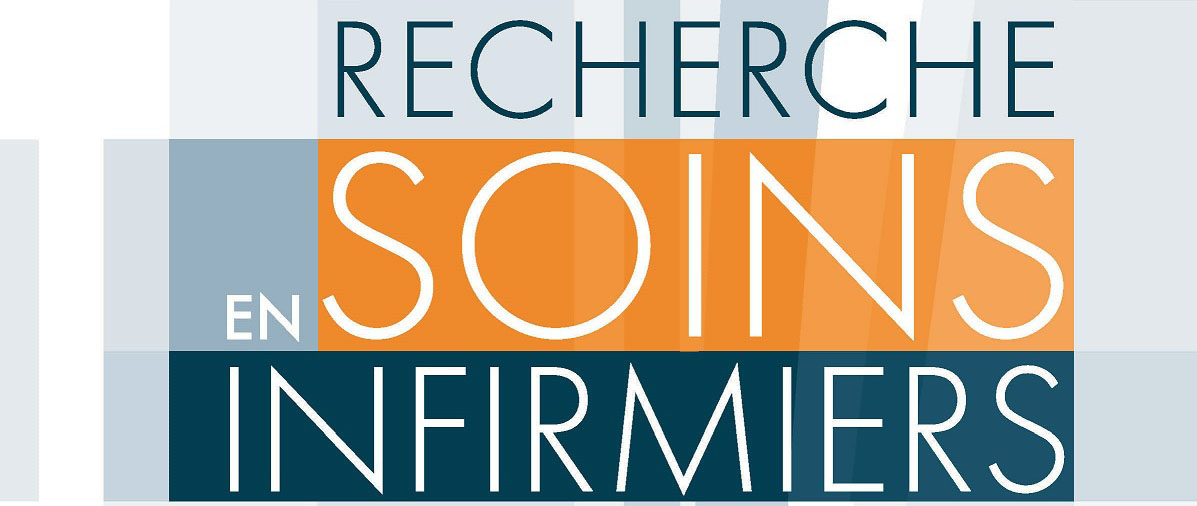The emotional labor underlying caring: An evolutionary concept analysis
Caring is considered the essence of nursing. But the internal regulation of emotions or the emotional labor of nurses which underpins caring is invisible. The concept of emotional labor is relatively underdeveloped in nursing. Data sources: A literature search using the keywords “emotional labor,” “emotional work,” and “emotions” was performed in CINAHL, psycINFO, and REPERE from 1990 to 2008. We analyzed 72 papers whose main focus was emotional labor. Review methods: We followed Rodgers’ evolutionary method of concept analysis. Results: Emotional labor is a process whereby nurses adopt a “work persona” to express their autonomous, surface, or deep emotions during patient encounters. Antecedents to this adoption of a work persona are events occurring during patient-nurse encounters. These consist of three elements: the organization (i.e. social norms, social support), the nurse (i.e. role identification, professional commitment, work experience, and interpersonal skills) and the job (i.e. autonomy, task routine, degree of emotional demand, interaction frequency, and work complexity). The attributes of emotional labor have two dimensions: nurses’ autonomous response and their work persona strategies (i.e. surface or deep acts). The consequences of emotional labor affect both the organization (i.e. productivity, a “cheerful environment”) and the nurse (i.e. negative or positive aspects). Conclusion: The concept of emotional labor should be introduced into preregistration programs. Nurses also need to have time and a supportive environment to reflect, understand, and discuss their emotional labor in caring for “difficult” patients, in order to deflate the dominant discourse about “problem” patients.
